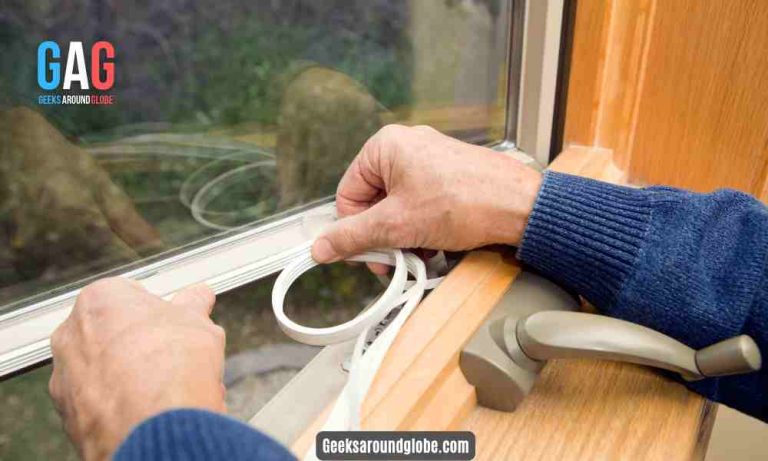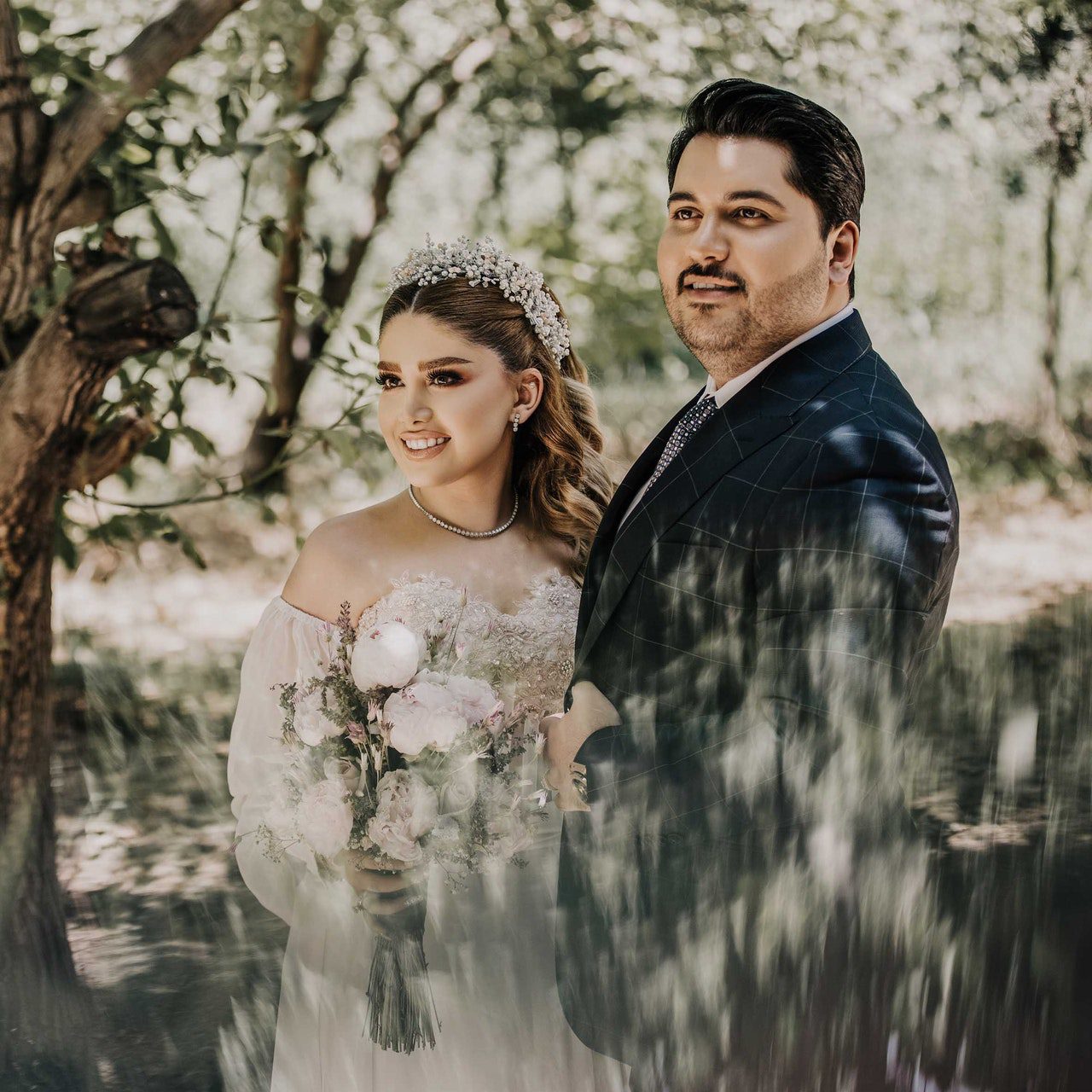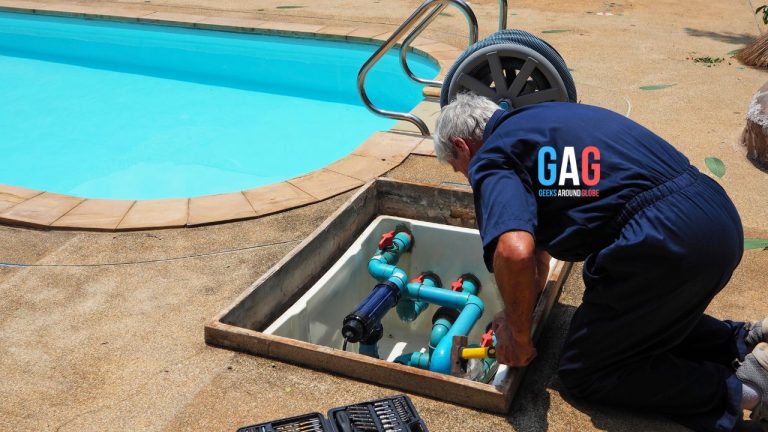Miniature painting is an art form that combines patience, skill, and creativity to bring tiny figures to life. Whether you’re a seasoned painter looking to up your game or a beginner ready to delve deeper, mastering a few advanced techniques and organizing your painting space with a project paint station can make all the difference. Here’s how you can elevate your miniature painting, creating pieces that are not only visually stunning but also rich in detail.
Setting up a Project Paint Station
At the heart of every great miniature painting project is a well-organized paint station. Think of it as your command center, where all your ideas come to fruition. This space should offer ample natural light, comfortable seating and enough room to keep all your tools and paints within arm’s reach.
A project paint station that’s thoughtfully set up can significantly impact your productivity and the quality of your work. From modular storage solutions for your vast array of color palettes to having a designated space for ongoing projects, a dedicated paint station is indispensable.
Embracing Advanced Painting Techniques
Once you’re comfortable with the basics, it’s time to explore advanced painting techniques that can add depth, texture, and realism to your miniatures. Techniques such as layering, glazing, and wet blending can transform figures from simple painted models to miniature masterpieces.
Understanding how to manipulate mediums to control the transparency, consistency and drying time of your paints opens up a whole new world of possibilities. The key to mastering these techniques is practice, so don’t be afraid to experiment.
Diving into Detailed Basing and Dynamic Dioramas
The base of your miniature is more than just a platform; it’s an opportunity to tell a story. Crafting detailed bases and dynamic dioramas can significantly enhance the overall appeal of your miniatures. Utilize a variety of materials like static grass, resin, and cork to create realistic scenery that complements the figure’s theme.
For those willing to take it a step further, incorporating elements like LED lighting into bases or dioramas can add a dramatic flair that truly sets your work apart.
Exploring Beyond the Brush
While traditional brushwork is the foundation of miniature painting, exploring other tools can offer new techniques and finishes. Airbrushes, for instance, are excellent for applying smooth base coats, gradients, and even fine details with practice.
Additionally, learning basic sculpting can allow you to modify and customize figures, giving them a unique touch. Even something as simple as applying decals can add intricate patterns or logos that might be too complex to paint by hand. Embracing these tools can open up a new dimension in your miniature painting journey.
Summing Up
Taking miniature painting to the next level is a process that involves continual learning and experimentation. By setting up an efficient painting space, mastering a range of painting techniques and exploring new tools, you can create miniatures that are true works of art. Remember, the goal is to enjoy the process and see each miniature as an opportunity to challenge yourself and grow as an artist.







